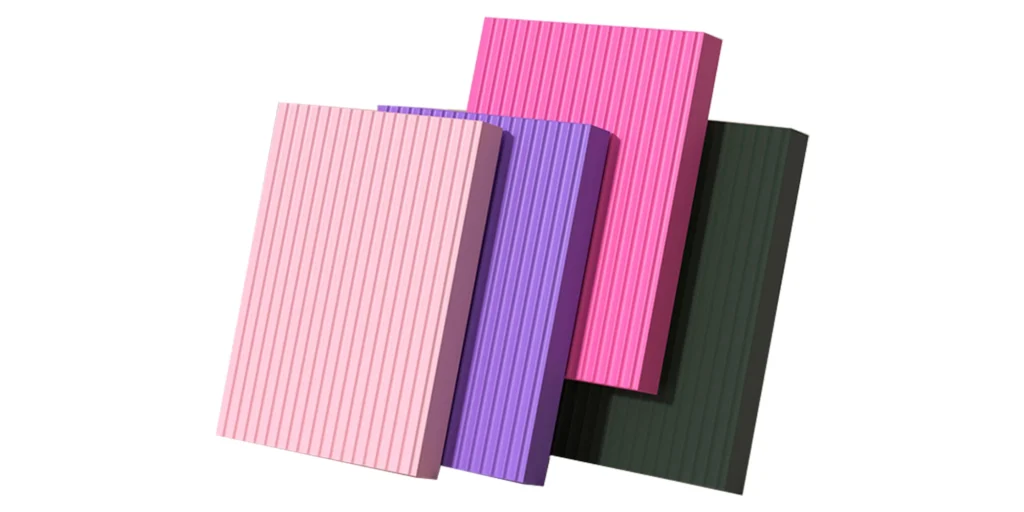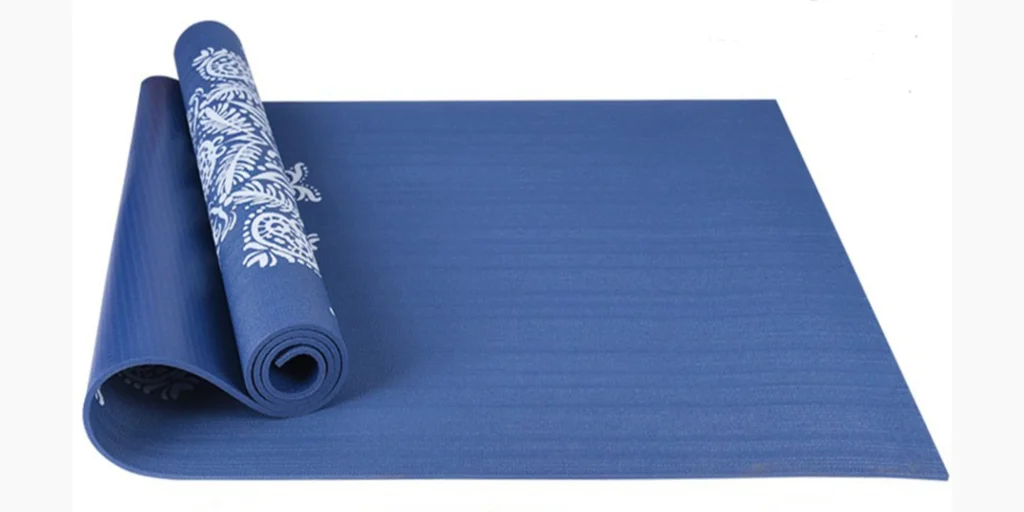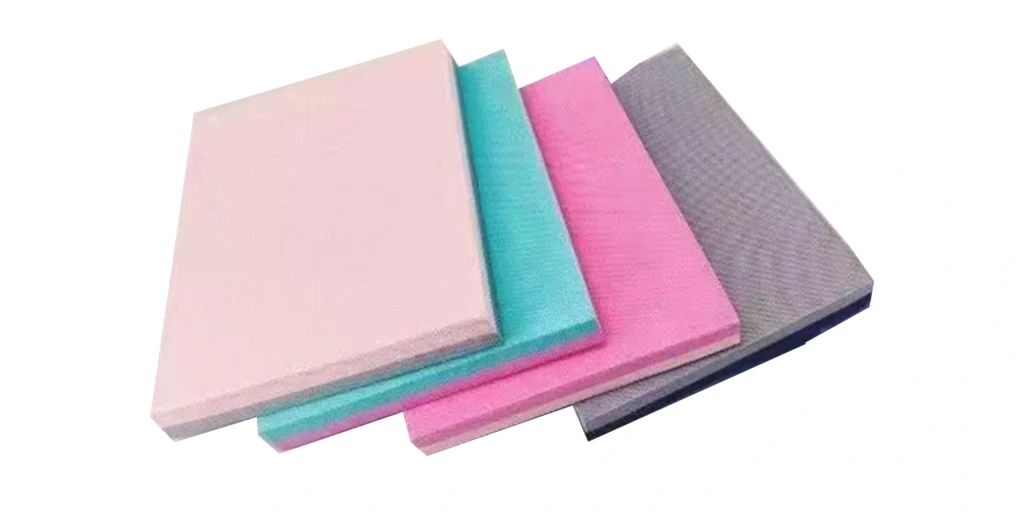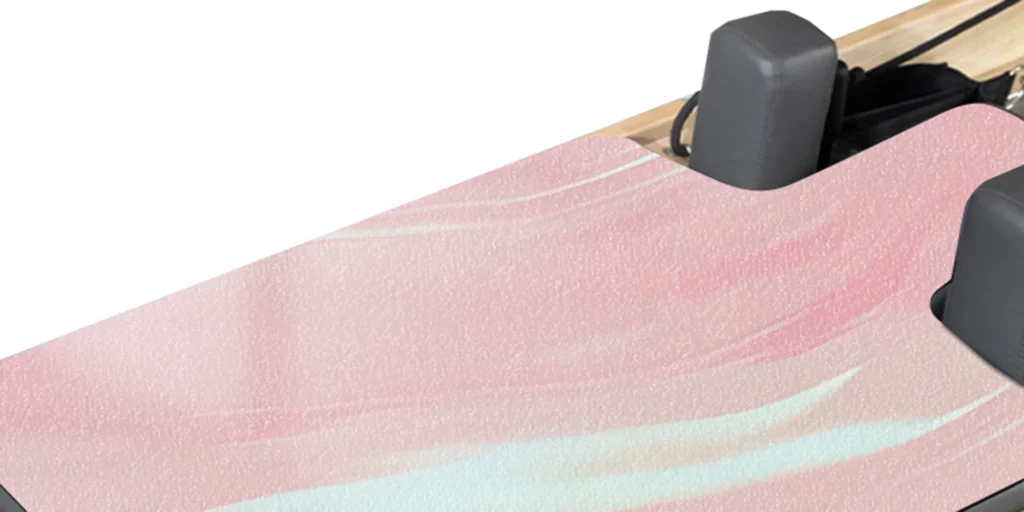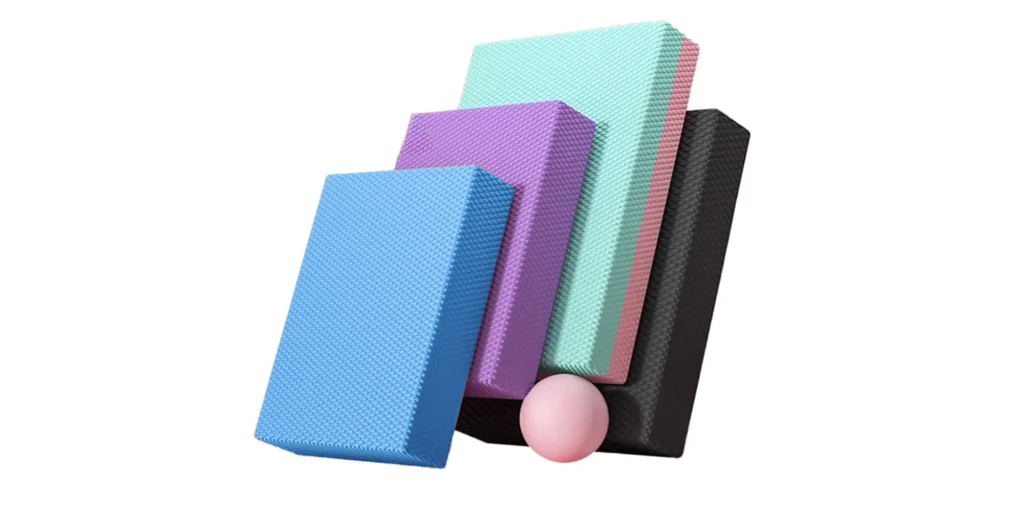TPE (Thermoplastic Elastomer) foam is gaining significant traction in the healthcare industry due to its versatile applications, especially in therapeutic mats and medical padding. This innovative material provides numerous benefits that improve comfort, support, and pressure relief for patients, making it an invaluable resource in various healthcare settings. In this article, we will explore how TPE foam is used in healthcare, its key benefits, and why it is becoming a popular choice for medical applications.
What is TPE Foam?
TPE foam is a flexible, lightweight material that combines the properties of rubber and plastic. It is known for its elasticity, durability, and high resistance to wear and tear. TPE foam can be molded into different shapes and sizes, making it ideal for a range of healthcare applications. It is non-toxic, hypoallergenic, and resistant to UV radiation, making it safe for use in sensitive environments such as hospitals and clinics.
The unique properties of TPE foam, including its ability to maintain its shape under pressure and its excellent cushioning characteristics, make it a preferred choice for products designed to provide comfort and therapeutic benefits.
Therapeutic Benefits of TPE Foam
1. Comfort and Pressure Relief
One of the most important uses of TPE foam in healthcare is its ability to provide comfort and pressure relief, particularly for patients who are bedridden or have limited mobility. TPE foam is often used in therapeutic mats and cushions to help alleviate the pressure exerted on the body when sitting or lying down. By evenly distributing the weight across the surface, TPE foam reduces pressure points that can lead to discomfort or more serious conditions, such as pressure ulcers.
For patients who spend extended periods in one position, pressure relief is essential to prevent the development of bedsores and other related complications. TPE foam’s ability to conform to the body’s contours enhances patient comfort and helps promote better circulation, which is crucial for healing and overall well-being.
2. Enhanced Durability and Longevity
Unlike traditional foam materials, TPE foam is more resistant to wear and tear, ensuring that medical products made from it last longer. For healthcare providers, this translates into reduced costs associated with replacing worn-out or ineffective therapeutic mats and padding. TPE foam’s durability also makes it a suitable material for high-traffic healthcare environments, such as hospitals, nursing homes, and rehabilitation centers.
Medical equipment manufacturers appreciate the longevity of TPE foam because it can withstand heavy use without losing its shape or performance. This durability makes it an excellent choice for items that are in constant use, such as patient bed pads and wheelchair cushions.
3. Hypoallergenic and Safe for Sensitive Skin
TPE foam is known for being hypoallergenic, which is a crucial feature when considering healthcare applications. Since TPE foam is free from harmful chemicals, it is less likely to cause allergic reactions, making it ideal for patients with sensitive skin. This quality is particularly beneficial in healthcare settings where patients with conditions such as eczema or dermatitis may require extra care and attention.
Additionally, TPE foam is non-toxic and free from phthalates, which are commonly found in other foam materials and can pose health risks. The safety of TPE foam ensures that it can be used confidently in environments where patient health and well-being are the top priorities.
4. Therapeutic Mats for Pain Relief and Mobility
TPE foam is frequently used in the creation of therapeutic mats, which are designed to alleviate pain and enhance mobility for patients suffering from conditions like arthritis or muscle strain. These mats offer gentle support that helps reduce stress on joints and muscles, making them an essential tool in physical therapy and rehabilitation.
For elderly patients or individuals recovering from surgery, therapeutic mats made from TPE foam can be an important part of recovery. The soft yet supportive nature of TPE foam helps reduce the strain on sensitive areas, while also offering a level of comfort that enhances the overall therapeutic experience.
5. Shock Absorption for Improved Safety
TPE foam is an excellent shock absorber, which is why it is used in various medical applications where safety is a concern. For instance, TPE foam is commonly used in orthopedic supports and braces, where its shock-absorbing properties help protect vulnerable areas from impact during movement. This quality makes TPE foam particularly valuable for patients with joint issues, fractures, or post-surgical recovery, as it helps to cushion the body and reduce the risk of further injury.
In addition to its use in medical devices, TPE foam is also utilized in hospital flooring and patient bed overlays, where it helps absorb impact and reduce the risk of falls, providing added safety for both patients and healthcare workers.
Key Applications of TPE Foam in Healthcare
1. Medical Padding and Cushions
TPE foam is commonly used in medical padding and cushions to enhance patient comfort. Whether it’s a hospital bed mattress, wheelchair cushion, or maternity pad, TPE foam provides the necessary support to prevent discomfort and promote proper posture.
2. Therapeutic Mats for Physical Therapy
Therapeutic mats made from TPE foam are widely used in physical therapy clinics to provide patients with a comfortable surface for exercises and stretches. These mats help reduce strain on the body while offering enough support to promote effective movement and healing.
3. Pressure Relief Products
TPE foam is used to manufacture pressure relief products, such as cushions, pads, and mattresses, designed to reduce pressure sores for patients who are immobile or bedridden. These products are essential in long-term care facilities, hospitals, and home care environments.
4. Orthopedic Supports and Braces
TPE foam is also used in the manufacturing of orthopedic supports and braces, where its shock-absorbing and supportive properties help provide relief from pain and prevent further injury to joints, ligaments, and bones.
5. Medical Footwear
Custom footwear that incorporates TPE foam is often used for patients with foot pain, diabetic foot ulcers, or those recovering from foot surgery. The cushioning and pressure-relieving properties of TPE foam provide essential comfort and support for the feet.
Why TPE Foam is the Future of Healthcare Products
TPE foam offers numerous advantages over traditional materials used in healthcare products, making it an excellent choice for therapeutic applications. Its ability to provide comfort, support, and pressure relief, along with its durability and hypoallergenic properties, makes it ideal for use in medical padding, therapeutic mats, and other healthcare products. Additionally, TPE foam is eco-friendly, as it is fully recyclable, making it a sustainable option for the healthcare industry.
As the demand for better patient care and comfort continues to grow, TPE foam’s role in the healthcare industry is expected to expand. Its versatility and effectiveness make it a valuable material for developing innovative solutions that improve patient outcomes and enhance the overall healthcare experience.
TPE foam is revolutionizing the healthcare industry with its unique properties, offering comfort, pressure relief, and durability for a wide range of medical applications. Whether used in therapeutic mats, medical padding, or orthopedic supports, TPE foam is providing enhanced comfort and support for patients, making it an essential material in modern healthcare products. As more healthcare providers recognize the benefits of TPE foam, its adoption in medical applications will continue to grow, offering patients and medical professionals alike a safer and more comfortable environment.
By integrating TPE foam into healthcare products, manufacturers can deliver high-quality, sustainable solutions that improve patient care, reduce the risk of injuries, and promote better healing. The future of healthcare looks brighter with TPE foam, offering a more comfortable, effective, and safe approach to therapeutic care.
FAQ: TPE Foam in Healthcare
1. What is TPE foam and why is it used in healthcare?
TPE foam (Thermoplastic Elastomer foam) is a flexible, durable material that combines the benefits of rubber and plastic. It is widely used in healthcare for products like therapeutic mats, medical padding, and pressure relief devices due to its comfort, hypoallergenic properties, and ability to provide pressure relief.
2. How does TPE foam provide pressure relief for patients?
TPE foam helps distribute weight evenly across surfaces, which reduces pressure points that can cause discomfort or conditions like pressure ulcers. This makes it ideal for therapeutic mats and cushions, especially for bedridden patients or those with limited mobility.
3. Is TPE foam safe for sensitive skin?
Yes, TPE foam is hypoallergenic and free from harmful chemicals such as phthalates, making it a safe option for patients with sensitive skin or allergies. Its non-toxic nature ensures that it is safe for prolonged contact with the skin.
4. What are the main benefits of TPE foam for healthcare applications?
The main benefits of TPE foam in healthcare include improved comfort, excellent pressure relief, enhanced durability, hypoallergenic properties, and its ability to absorb shock. It is especially useful in products designed for patient care and rehabilitation.
5. Where is TPE foam typically used in healthcare settings?
TPE foam is commonly used in products like medical padding, pressure relief cushions, therapeutic mats for physical therapy, orthopedic supports, and even custom medical footwear. Its versatility and comfort make it ideal for various healthcare applications.
#TPEFoam #HealthcareInnovation #PressureRelief #MedicalPadding #TherapeuticMats #PatientComfort #HealthcareMaterials #FoamTechnology #RehabilitationCare #SafeForSkin #HealthAndWellness #OrthopedicCare #TherapyMat
WELLE Trade has over 20 years of experience in the production and processing of PE/EVA/TPE foams, so you may want to consult with them if you have any sourcing needs.


